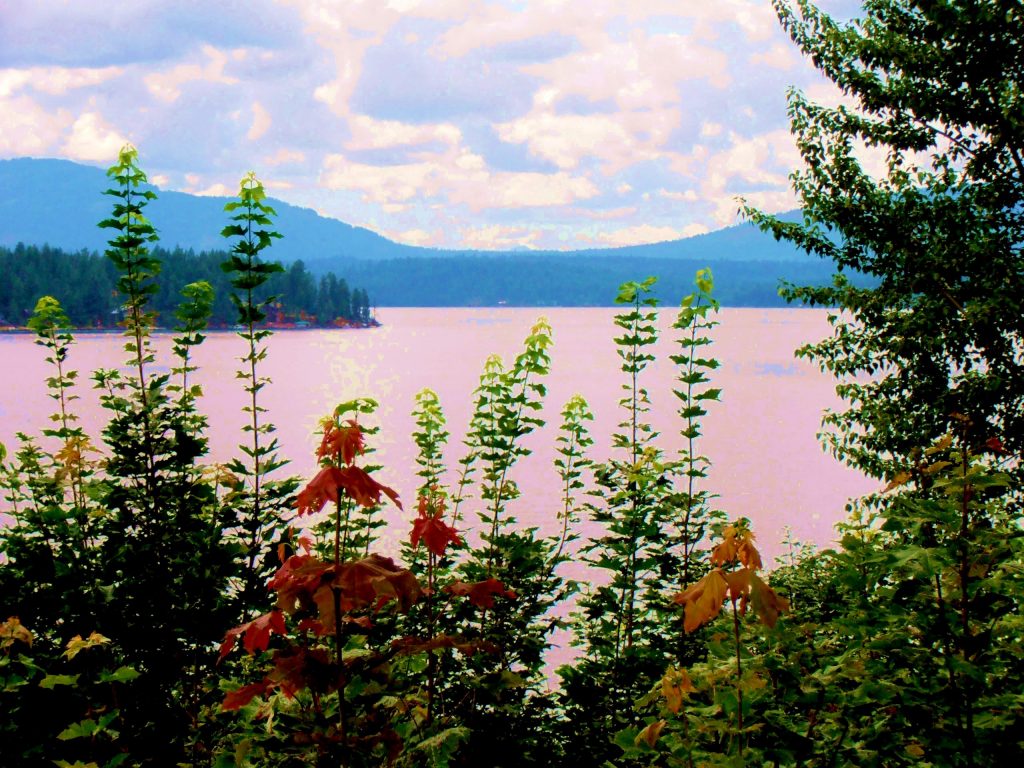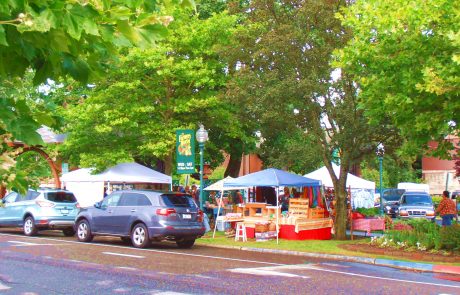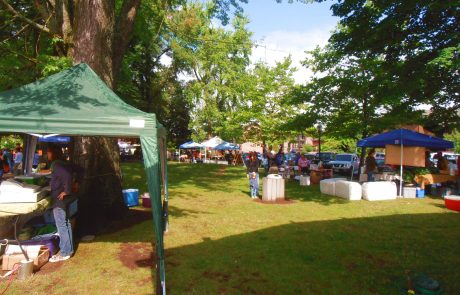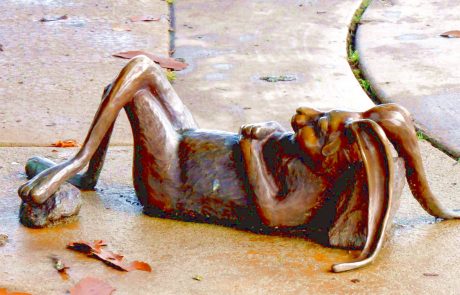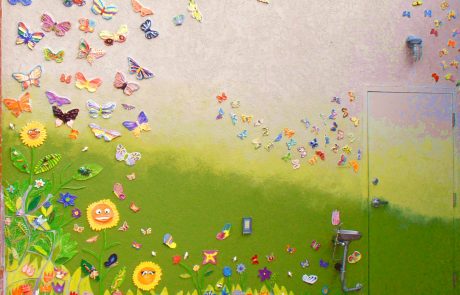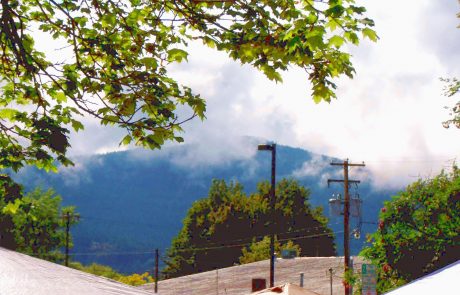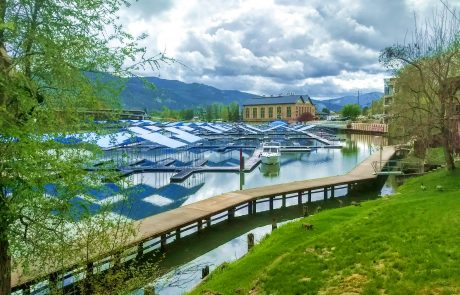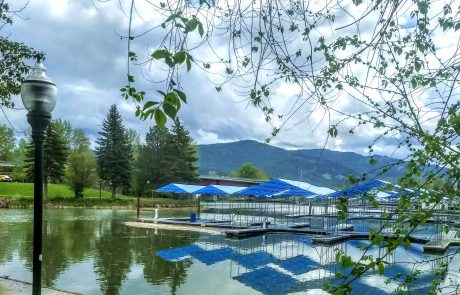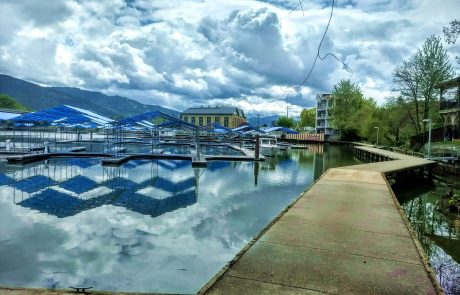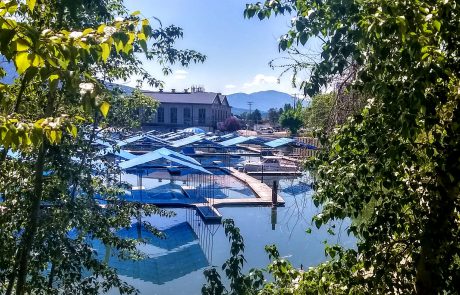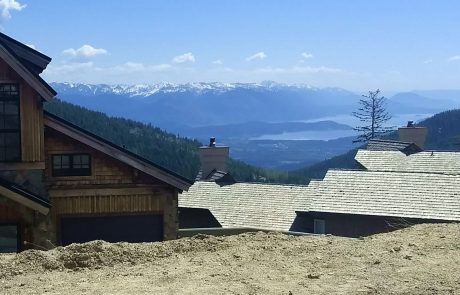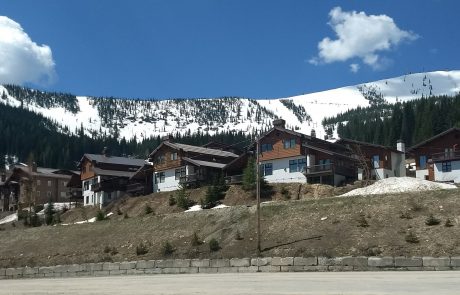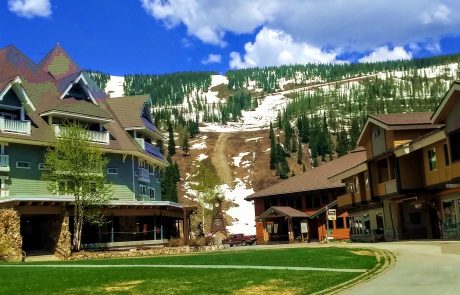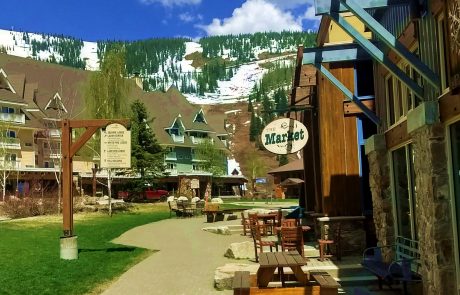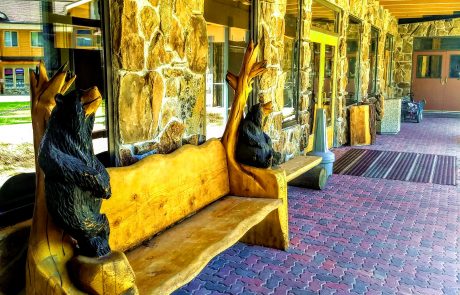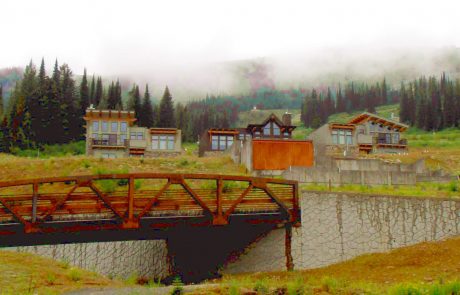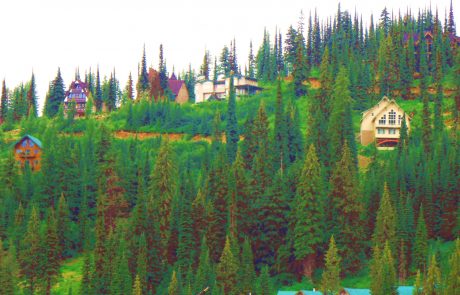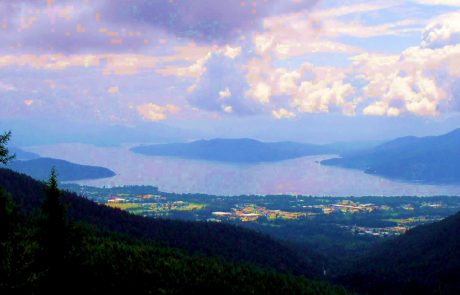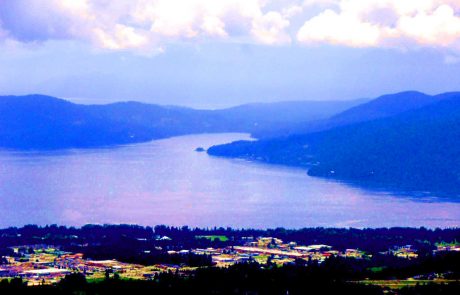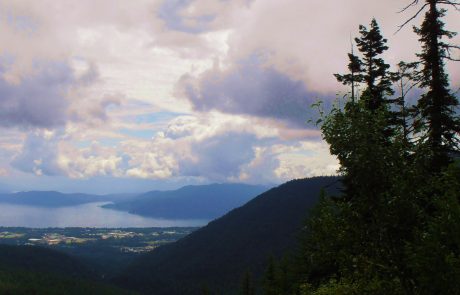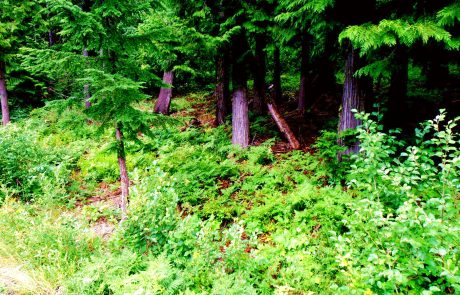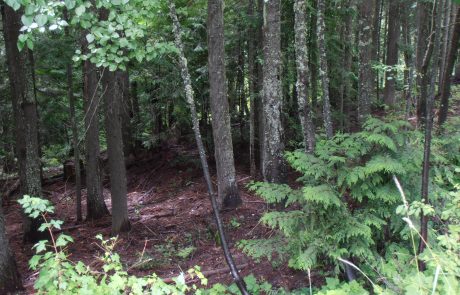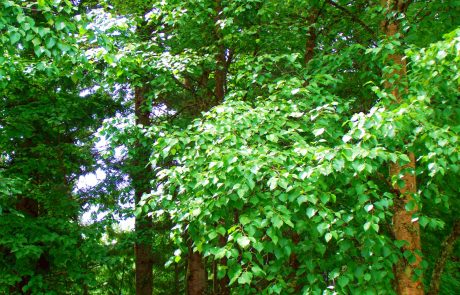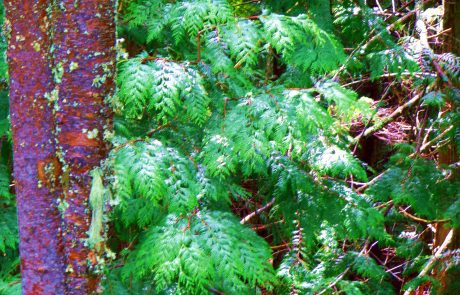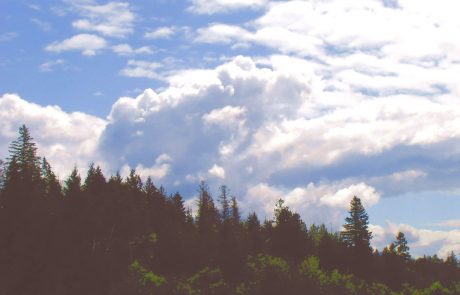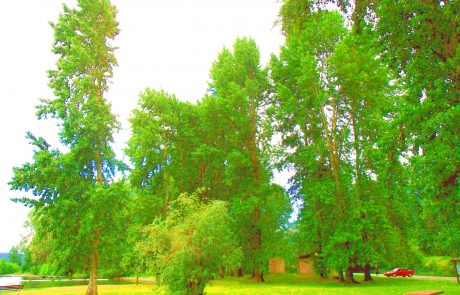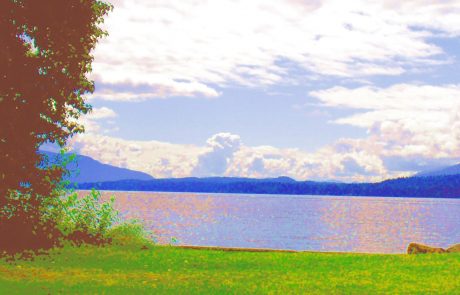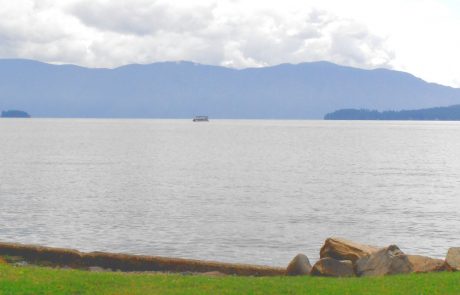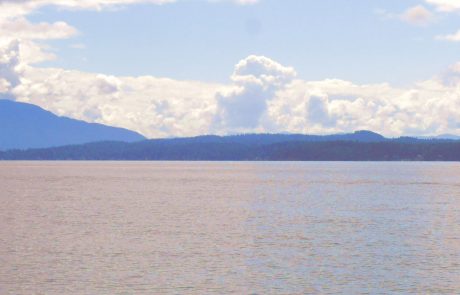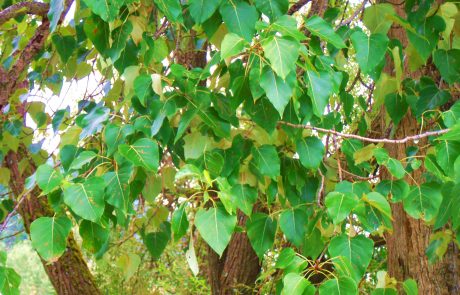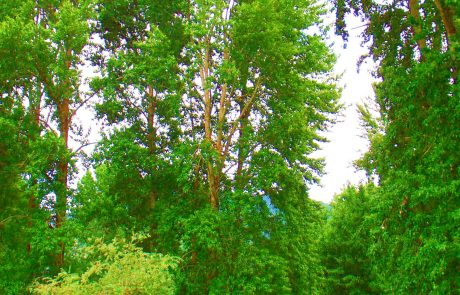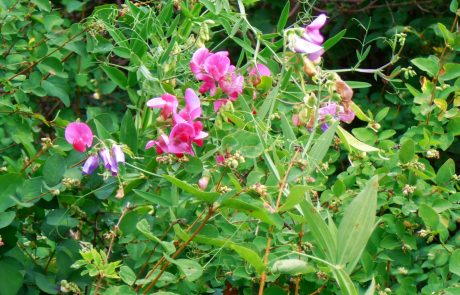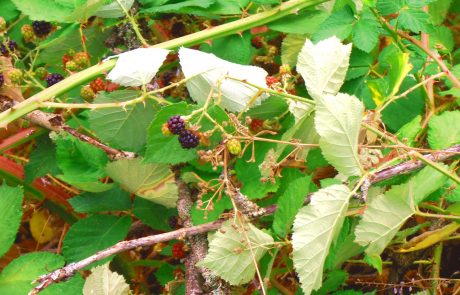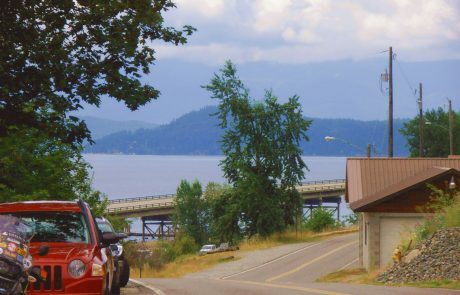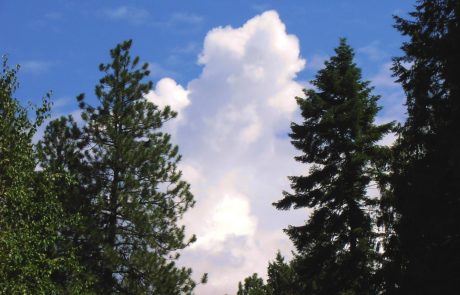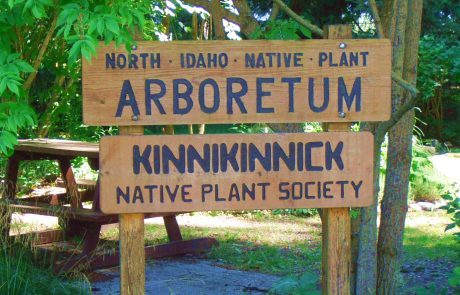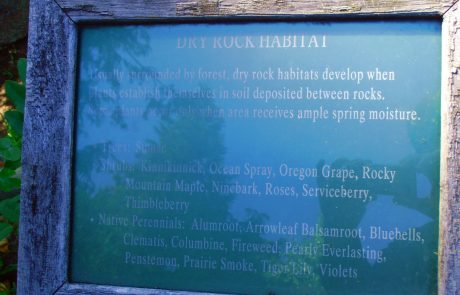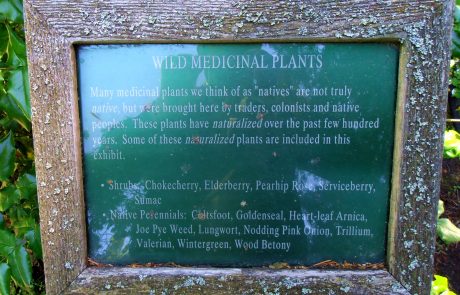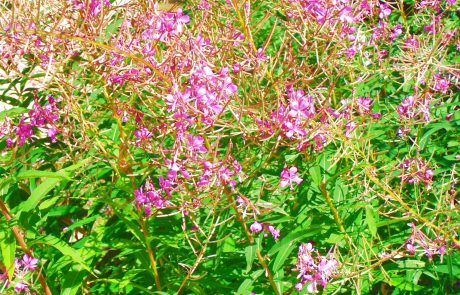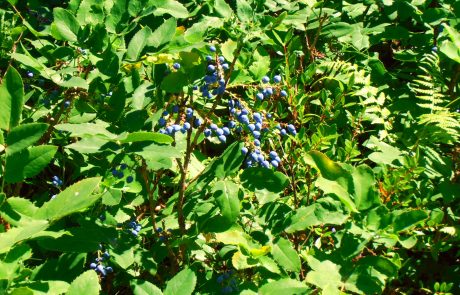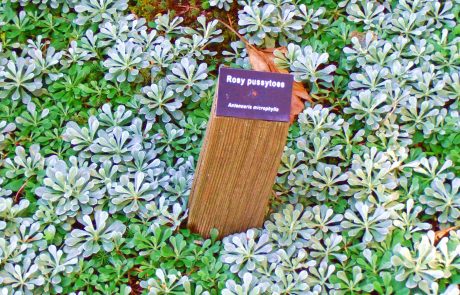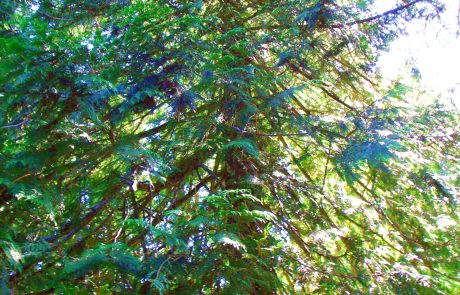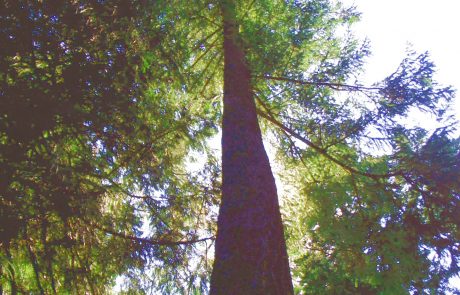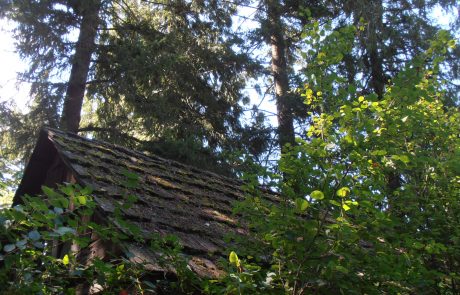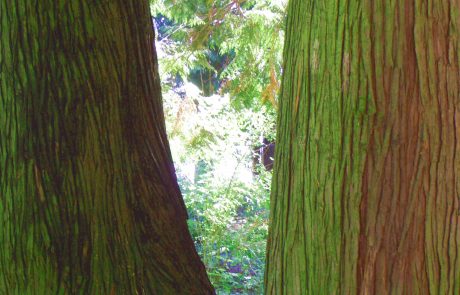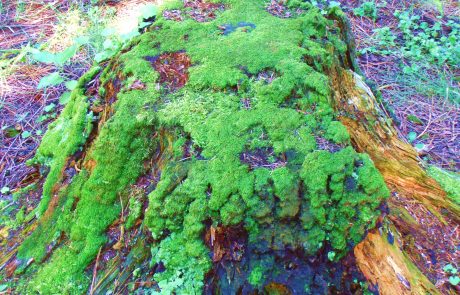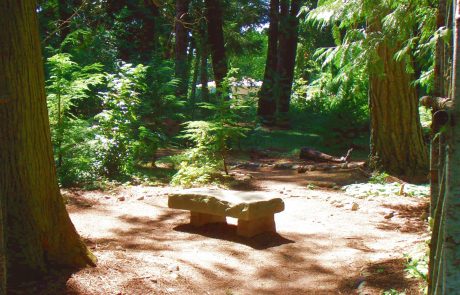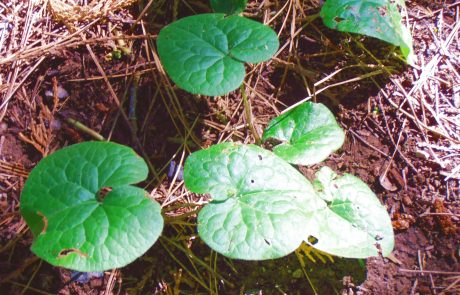March 2020
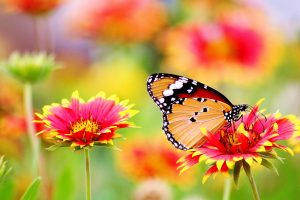 In a couple weeks I’ll be heading out on a long road trip. As I prepare to launch myself toward parts unknown I’ve become aware of just how good I have it in the home territories with regard to landscape and the natural world. My old stomping ground has, unfortunately, one fatal flaw: winter. It’s long and brutal here. We’re through the worst of it now that it’s the end of February but it’s not over yet. There’s no clear sailing in the Spring department until mid-April here. My departure is set for mid-March and can be characterized in one simple phrase: running away.
In a couple weeks I’ll be heading out on a long road trip. As I prepare to launch myself toward parts unknown I’ve become aware of just how good I have it in the home territories with regard to landscape and the natural world. My old stomping ground has, unfortunately, one fatal flaw: winter. It’s long and brutal here. We’re through the worst of it now that it’s the end of February but it’s not over yet. There’s no clear sailing in the Spring department until mid-April here. My departure is set for mid-March and can be characterized in one simple phrase: running away.
I’m heading south for a couple months to get a jump on Spring, maybe even find a spot of summer before June comes along. I have the itinerary carefully planned out to see all kinds of things I’ve never seen before — the coastal redwoods, the sequoias in the Sierra Nevada, the Pacific coast near Big Sur, and the list goes on and on. But as I’ve done my research in the planning process the thought has come to me repeatedly that I’m spoiled for landscape here in my own back yard. I’ve driven over to Sandpoint for shopping a few times the past month on days that were cold but sunny and the landscape is simply stupendous. I never tire of the drive along the Pend Oreille River and once in Sandpoint the combination of the mountains and Lake Pend Oreille creates a physical environment that requires superlatives at any time of year, if the truth be told. So in this post I’m setting the record straight, for myself as well as for you the reader, about just how beautiful it is here in my neck of the woods. I really don’t think the grass will be greener in any place I see during my travels over the next couple months — it will just be warmer. That’s the lure of the South for me, temps that make a walk outside a pleasure rather than something one steels oneself against.
But the landscape here is hard to beat. That’s what this post is all about. I know when I’m on the road seeing new things that I’ll be delighted, but I also know that I’ll have in the back of my mind the spectacular landscapes of the home patch. Comparison is not the name of the game — we’re not in the business of doing a Miss Landscape America pageant. But there are certain landscapes that impress on so many levels they induce peak experiences and impress themselves indelibly on the memory. The landscapes of Lake Pend Oreille around Sandpoint definitely fit into that category. But don’t take my word for it, that’s what the pics are for. 🙂
The pics I have are from a day trip last year when I set out to tour and see the sights. It was mid-May, so still a bit nippy up in the high mountains. The day itself was on the cusp between Spring and Summer, as days in mid-May can be. Things were leafed out and some flowers were already in bloom, so I decided to take my chances and see what I could see.
Sandpoint has changed signficantly from what it was when I was young. In the 70’s it got on the artsy-fartsy bandwagon, albeit with a hippie take, not a chi-chi one. A few restaurants opened serving lentil soup in earthenware bowls purveyed by waiters with long hair named Brent or some such thing and everybody thought it was too cool for words. There’s a ski place on Schweitzer Mountain just outside town so that business brought its own caché to the proceedings. Over the years Sandpoint has transformed into a full-on boutique town, like a piece of Northwest Portland transferred to the boondocks. There’s a Starbucks, there a farmer’s market on the weekends, there are ethnic restaurants, there’s a boat tour launching from the city marina, and there are summertime concerts in the park. Things have gone considerably upscale from the down-and-out logging town I remember from my youth. The pics will be proof of that pudding:
There are some nice artsy-fartsy touches — the whimsical animal sculptures in the city park, the ceramic butterfly wall that particularly impresses, and vistas of the mountains from wherever you happen to be in town. These things get buried in the wintertime, of course, so the funky hip vibe of Sandpoint is only for the good weather. The same goes for the Marina, which has been transformed into a posh thing that bears no resemblance to what I remember from my youth:
Just beyond the Marina is City Beach Park, a little spit of land that goes out into the lake and affords both great views of the surrounding mountains as well as a spot to dip into the waters. It’s also the place where the tour boat takes off, if that sort of thing stirs your fancy.
Every once in a while when the snow is on the way out I head up to the ski resort on Schweitzer Mountain. I’ve never been up there during the ski season — being allergic to winter as I am it would hardly do for me to expose myself to such a thing. Ski resorts in the late spring or summer, however, offer one thing I’m definitely not allergic to: fantastic views. What’s more the boutiquey shops and restaurants stay open all the year round so the summit of the mountain makes a perfect destination for a warm-weather outing. Here are some pics to tell the story:
Winter is persistent on the top of the mountain. The pics were taken toward the end of May. Some of the side roads were still covered in snow. The sun was out and the air spring-like as we wandered around the resort area but the main attraction for me is and will always remain the views of the lake from the mountaintop. Here’s a sampling:
However amusing the carved bears at the resort, they can’t hold a candle to the lake in all its glory seen from the heights of Schweitzer Mountain. If I were asked to choose particular photos that show the magnificence of the region’s landscapes, the views of the lake from Schweitzer would certainly figure on the list. The vistas are simply stunning.
Vegetative regions depend as much on elevation as on latitude in this part of the world, so driving from Sandpoint down on the lake’s edge to the top of Schweitzer mountain takes you through a few different plant communities. I find the alpine ecosystem at the summit interesting — the trees look like something out of Snow White and the Seven Dwarves. As you descend the mountain from the summit back to town, however, you go through transitional communities of cedar and hemlock. They’re among my favorite trees and the environment they create is magical. In the sunshine the foliage of the cedars (Thuja plicata) glistens like tinsel on a Christmas tree. Here are some pics of the habitat:
The shade is so dense in a cedar/hemlock forest that there’s scarcely any underbrush — just some ferns here and there and a few forbs and mosses that bring a splash of green wherever they happen to lodge. The sense of calm and quiet in such a forest is difficult to describe. I know of no equivalent to it. It’s as if the sounds of the world have been soaked up into the earth itself and complete stillness envelops you. It’s a magical environment and when I’m in it I recognize how noisy the world and our lives in it are. Whenever I have the chance to be in such a space I always take it because I know I’ll come out wiser than I was when I went into it. It never fails.
In the old days (i.e. when I was young LOL) there was a famous restaurant in Hope, Idaho– about 15 miles around the lake from Sandpoint. It was called The Lighthouse and its claim to fame was that it sat out over the water so you had 360-degree views while you dined. The food was quite good — hearty American classics like steaks and baked potates, no chipotle-infused avocado and quinoa salads, thank you very much. For some reason their range of homemade salad dressings became a going commercial concern. The restaurant is long gone but the salad dressings remain and are available in supermarkets all over the region — the brand name is Litehouse. It seems perhaps an odd legacy for a small town on one end of Lake Pend Oreille, but hey, you take your kudos where you can get ’em.
So for auld lang syne we took a detour to Hope to see the place. The drive around the lake offers stunning vistas of the water and of the Cabinet Mountains that loom on the horizon. There are some lovely parks along the way with ENORMOUS cottonwood trees — these are black cottonwoods, the kind we have in the Pacific Northwest, which go by the botanical name Populus trichocarpa. Their foliage is the very essence of summer for me and the sound they make when a breeze blows through them is music to the ears. Here are some pics of the jaunt out to Hope:
Sandpoint has another spot that draws me hither in the summertime: the Native Plant Garden in a park on the edge of the lake. I’ve spent many an hour wandering it and hanging out with the plants in the deep shade of the massive cedar trees. The trees form part of what’s called an arboretum — rather a grand name for a group of trees that was essentially just left alone. They’re species native to the area and hold forth as citizens due their birthright in the scheme of thing. So in my mind I call the place “The Grove” rather than “The Arboretum.” It’s Nature’s handiwork, not the result of man’s efforts with science in mind. Let’s give credit where credit is due, shall we? The garden includes a section of medicinal plants used both by Native Americans of the region and by pioneers. It’s a lovely place in the spring and the summer, always quiet because there are few visitors. The pics will tell the tale:
Two special plant friends of mine at the garden are fireweed (Epilobium angustifolium) and wild ginger (Asarum caudatum). Fireweed gets its name from its propensity to colonize areas that have recently been burned or disturbed. It likes open spaces with full sunlight and seeds itself in thick patches with that wonderful color bobbing in the breeze. Wild ginger, on the other hand, is a denizen of cedar/hemlock forest habitats and likes dappled shade. It does indeed smell like ginger, despite having no botanical relation whatever to cultivated ginger (Zingiber officinale). Wild ginger belongs to the family Aristolochiaceae (birthwort family) while cultivated ginger belongs to a different family to which it gives its own name, Zingiberaceae. I find it remarkable how two entirely unrelated plant families could stumble on such similar chemistry for their bodily fluids — would that humans had that knack, I’d love to smell like wild ginger. 🙂
With the tour of the native plant garden the hour grows late and it’s time to head back down the highway along the Pend Oreille River from whence we came. It’s easy to see why a daytrip around Sandpoint and Lake Pend Oreille leaves images in your memory that don’t fade. I’ll do my best when I’m on the road looking at new places to avoid comparison to the near and dear — but if I end up in the Arizona desert, expect some backsliding LOL. After showing you around what’s just a stone’s throw away from the home turf, I don’t need to tell you why.
